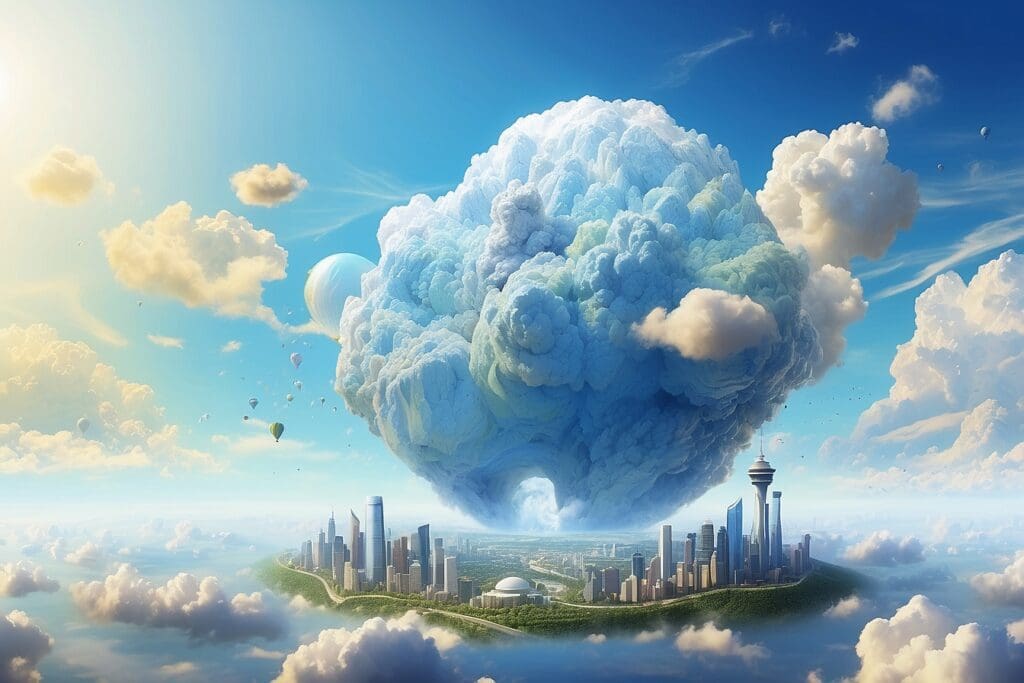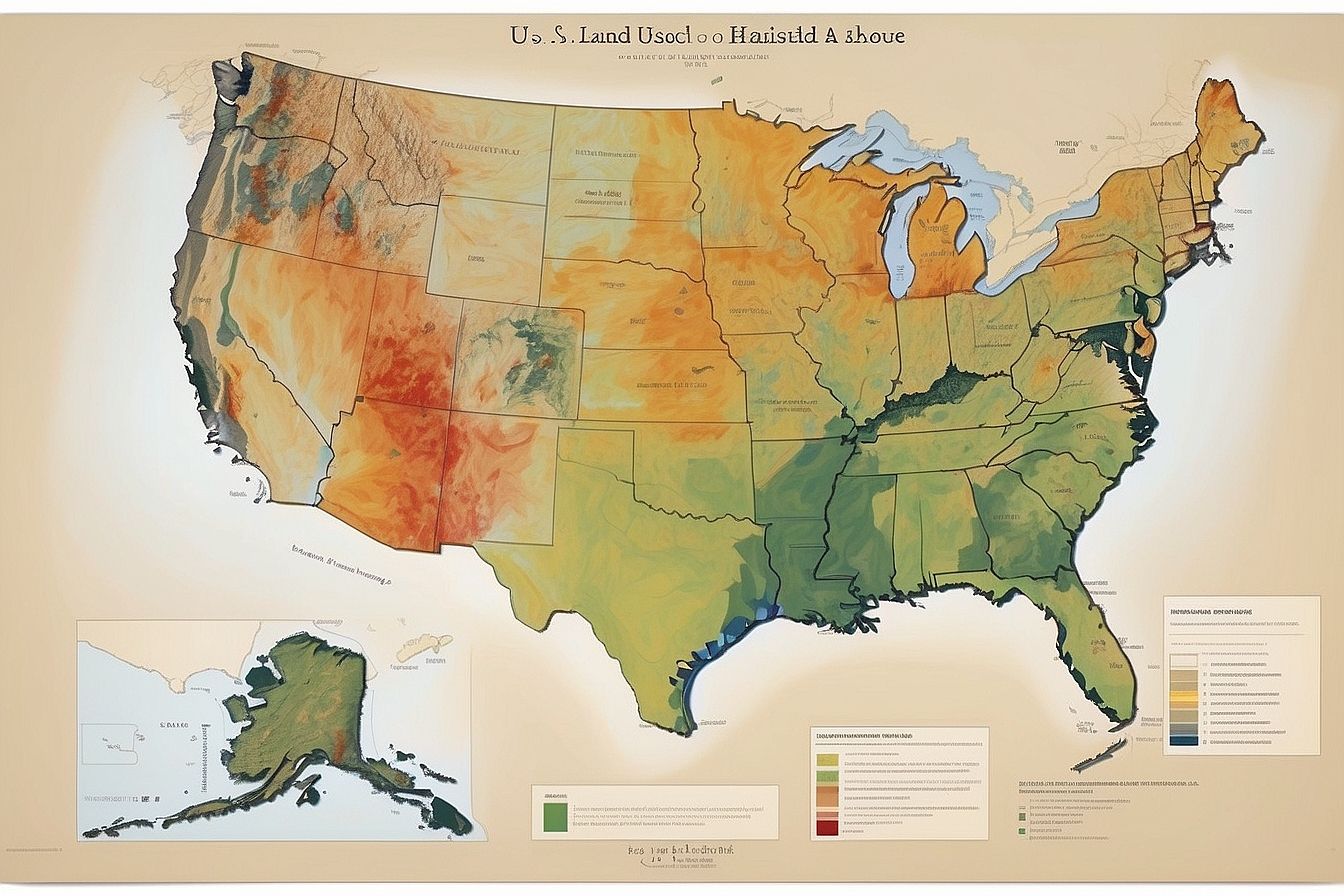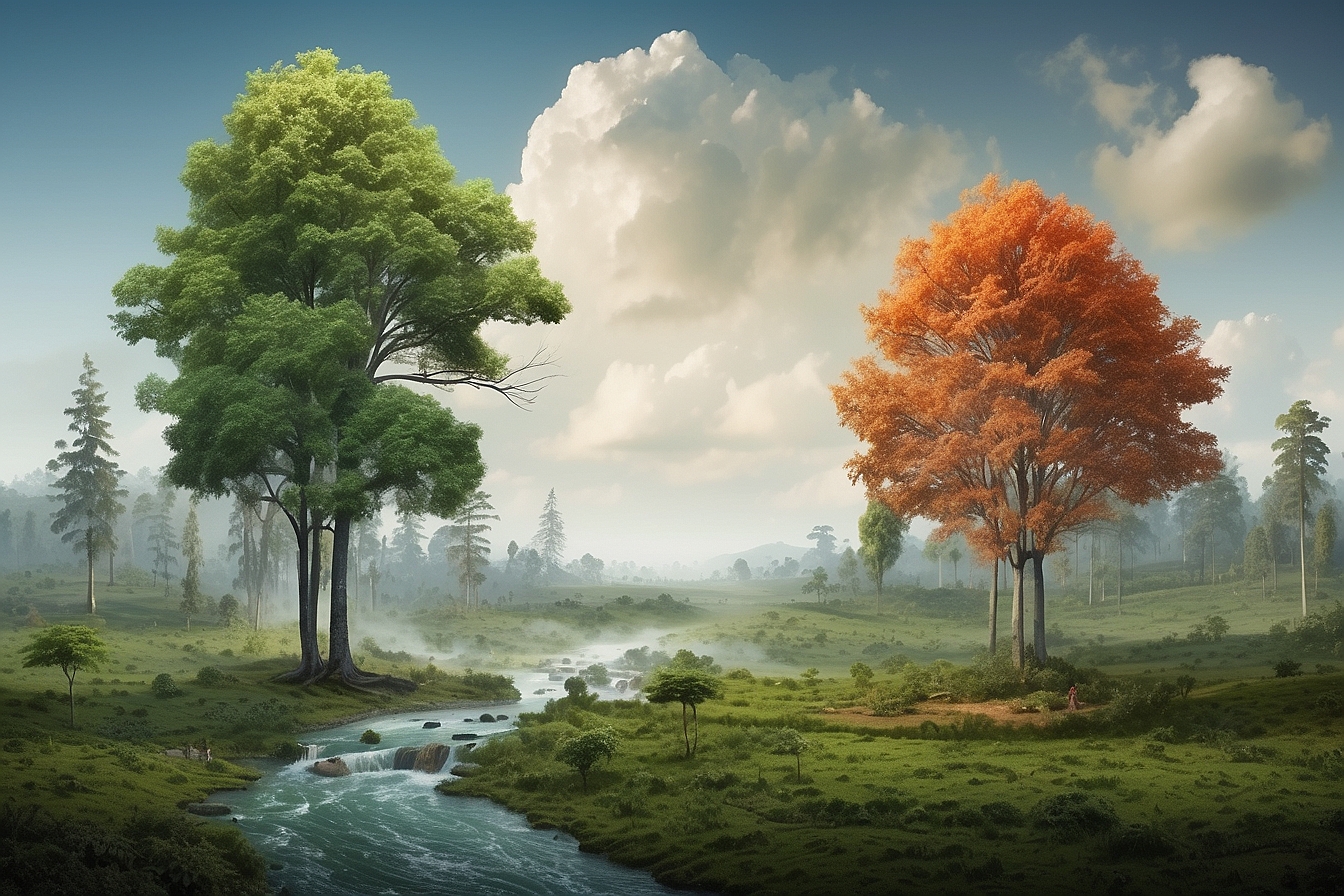When most of us think of ozone, we think of sun protection and something good for our health and the environment. But did you know that there is also a negative size of our dear friend “ozone”? One might call this discussion the highs and lows of ozone. One of the central dogmas concerning the question of our existence comes in the form of an established relationship between the living organism and its environment. As living organisms originating from non-living matter, there must be some central relationships that have allowed for the existence of life. Ozone is such a key important central object that has helped elucidate some of the mysterious among mysteries of our existence.
Ozone Protection

It was not too long ago in the 1950’s that the Miller-Urey experiment was able to create amino acids—one of the building blocks of life—from a electrostatic chamber of ammonia, methane, hydrogen and water.1 This experiment provided one of the first insights into some of the mechanisms by which inorganic molecules could form substances that are incorporated into biomolecules. One of the bigger questions, however, that also pertained to early life was the ways in which organisms survived high energy ultra violet (UV) light emitted from the sun. The most current literature suggests that they could not, and as a result, early organisms were often confined to deep sea environments where harsh solar radiation was unable to penetrate. But then there was an evolutionary miracle, the single process that feeds the entire planet—the emergence of photosynthesis in early bacteria that oxygenated the earth’s atmosphere and led to an explosion in living diversity with a new compound that greatly increased metabolic diversity.2 Apart from metabolic opportunities, however, oxygen gas had a unique intrinsic property of blocking harmful UV radiation in a way that made terrestrial life possible on earth.
As a gas, the term we refer to as “oxygen” is actually a binary combination of two atoms of oxygen denoted as O2 that is roughly 21 percent of the earth’s atmosphere that we breathe to survive.4 In the upper levels of the atmosphere, however, exposure to high energy UV light converts diatomic oxygen into a triatomic form O3 that does not naturally form in the lower atmosphere.5 The triatomic oxygen (O3) is less stable, but a complex chemical mechanism by which the three oxygen molecules share electron orbitals leads to energy absorption by ozone that leads to the release of heat and the conversion of O3 back to O2.6 The chemistry behind this mechanism is quite complex for beginners, but the general analogy is that a layer of ozone gas that spans between 30,000 and 150,000 feet in the air acts as a sort of filter that blocks a large amount of UV radiation from the sun such that life can be sustained on earth.7
In recent decades, however, human activity has managed to degrade the ozone layer extensively to create what is known as the ozone hole that has manifested over the South Pole over Antarctica.8 A natural meteorological phenomenon that creates vortexes of winds near the South Pole during the winters contributes to the formation of thin clouds of ice, nitric acid, and sulfuric acid that is localized to the area. Where does nitric and sulfuric acid come from in a region that is thousands of miles from civilization? As it turns out, global industrial activity has managed to create high levels of atmospheric nitrogen oxides and sulfur oxides that have managed to drift all the way to the Antarctic. Human activity has saturated many of the natural cycles that keep these pollutants in check, and the excess finds its way through wind currents to the poles where they form thin clouds that release CFCs (chlorofluorocarbons) through a series of chemical reactions. CFCs actively degrade ozone due to its chlorine composition that displaces the third oxygen atom in O3 in a rather complex mechanism that is still not fully understood.9
CFCs, however, may be directly released into the atmosphere through human activity as this chemical has been popular in refrigeration technology and as a propellant. 11 Until recently, the rampant use of CFCs has been accelerating the decline of the Ozone layer in areas beyond Antarctica, such as the Australian continent.12 The Montreal Protocol , however, has drastically curbed the use of ozone depleting substances through an agreement signed by various countries to phase out chemicals such as CFCs by a certain year depending on the substance of question.13 While the measure has been extremely successful, the rise of industrial globalization post 1990’s has changed the dynamic of ozone depletion concerns. Many of the phase out targets for ozone destructive chemicals are dates in the 1990’s, which is before the rise of industrialization in the developing nations of Asia, Latin America, and Europe. More so, the degree of industrialization has perhaps been under estimated in the early years of drafting the agreement, but since then a series of five amendments and its ratification by all members of the United Nations provides hope for a long term ozone recovery.14
Ozone as a Threat
Today, a new threat of ground level ozone further complicates our relationship with UV blocking ozone. Up until now, we have been led to believe that ozone is a fundamentally life saving substance that has allowed human beings and complex organisms to exist on our planet. The terms and conditions of our agreement with ozone, however, specify that the gas be located in the upper levels of our atmosphere, specifically the stratosphere, far from direct human contact.
Low concentrations of ozone can be toxic to humans and may result in respiratory symptoms,15 decrement in lung function and inflammation of airways, and for this specific reason it is a long distance relationship that is best suited between human beings and ozone. So how exactly is ozone falling into the lower atmosphere? Intriguingly it doesn’t, instead ground level ozone is the product of various chemical reactions among human power plants to automobiles create nitrogen oxides and volatile organic compounds, which in themselves are harmful respiratory irritants that degrade lung function. During high temperature conditions,17 a series of chemical reactions between volatile organics, nitrogen oxides and atmosphere oxygen gas (O2) helps create ozone during the afternoons and early evenings of the spring and summer seasons. This ozone is localized to the lower atmosphere, also known as the troposphere, and contributes to respiratory symptoms previously discussed such as coughing, chest tightness,18 and difficulty in breathing.
U.S. EPA Air Quality Guide for Ozone Air Quality Index Color Air Quality Prediction 0 to 50 Green Good No health impacts are expected. 51 to 100 Yellow Moderate Unusually sensitive people should limit prolonged outdoor activity. 101 to 150 Orange Unhealthy for sensitive groups Active people and those with respiratory disease should limit prolonged outdoor activity. 151 to 200 Red Unhealthy Active people and those with respiratory disease should avoid prolonged outdoor activity; all others should limit prolonged outdoor activity. 201 to 300 Purple Very unhealthy Active people and those with respiratory disease should avoid all outdoor activity; all others should limit outdoor activity.
| U.S. EPA Air Quality Guide for Ozone | |||
| Air Quality Index | Color | Air Quality | Prediction |
| 0 to 50 | Green | Good | No health impacts are expected. |
| 51 to 100 | Yellow | Moderate | Unusually sensitive people should limit prolonged outdoor activity. |
| 101 to 150 | Orange | Unhealthy for sensitive groups | Active people and those with respiratory disease should limit prolonged outdoor activity. |
| 151 to 200 | Red | Unhealthy | Active people and those with respiratory disease should avoid prolonged outdoor activity; all others should limit prolonged outdoor activity. |
| 201 to 300 | Purple | Very unhealthy | Active people and those with respiratory disease should avoid all outdoor activity; all others should limit outdoor activity. |
19
While ozone possesses a health risk to humans and animals as an air pollutant, this gas is perhaps the most damaging to plants than all other air pollutants combined!20 As a tri-atomic oxygen molecule, ozone is much less stable than oxygen gas (O2) primarily because the electron arrangement of oxygen does not allow it to form a stable bond with two other oxygen species as a triplet molecule. Ozone tends to exist in equilibrium with oxygen gas and is continuously being broken and reformed into an ozone molecule as part of a molecule in a dynamic equilibrium. Therefore, O3 is naturally broken back down to O2 as well as a monoatomic oxygen radical O that is formed transiently before being converted into oxygen gas when another ozone molecule breaks down.
From a basic chemistry standpoint, one can imagine the reaction to look like 2 O3 → 3O2, but this is purely analogous and does not represent actual empirical data. Transient radicals that are created during this degradation are highly oxidative and reactive, and are very damaging to plant leaf tissue. While human beings may have several biological protections against free radicals such as O, plants are much more sensitive to oxygen radical species. Ozone exposure will cause bronzing, flecking and reddening of plant leaves to the point of mass crop loss. Studies conducted by the National Crop Loss Assessment Network as far back as 1989 indicated definitive crop losses over seasonal ozone levels, and the particular sensitivity of soybean, cotton and peanut to ground level ozone.21 Unfortunately, these crops are some of the most widely cultivated in the United States, and their particular sensitivity highlights the importance of regulating ground level ozone levels in both city and rural districts.
There is currently an active legislative drive by the Environmental Protection Agency (EPA) in implementing stricter air quality standards to account for ground level ozone pollution as well as stratospheric ozone depletion. Not only are modifications to the Clean Air Act working to reduce levels of nitrogen oxides and volatile organics that contribute to ground level ozone formation, but such modifications and limits are being continuously reviewed and reconsidered to better account for ground level ozone linked to designated air pollutants.22 Additionally, provisions to the Clean Air Act implemented in 1990 are already working to phase out ozone depleting chemicals in U.S. households and industry.23
The Final Word on Ozone
As a gas that has ushered in an era of complex life on earth, while also being a substance that is potentially harmful to human beings, ozone’s somewhat paradoxical nature serves as an example of a sensitive relationship that continues to exist between inanimate matter and life on earth. A common theme, however, in the continual narrative of life are the several means by which human activity has managed to risk life on earth in favor of economic progress. In an odd sense, we are sowing the seeds of our own self destruction over a broad timescale and it is imperative that greater awareness and regulation prevail in protecting something as fundamentally important as ozone in the upper atmosphere.





